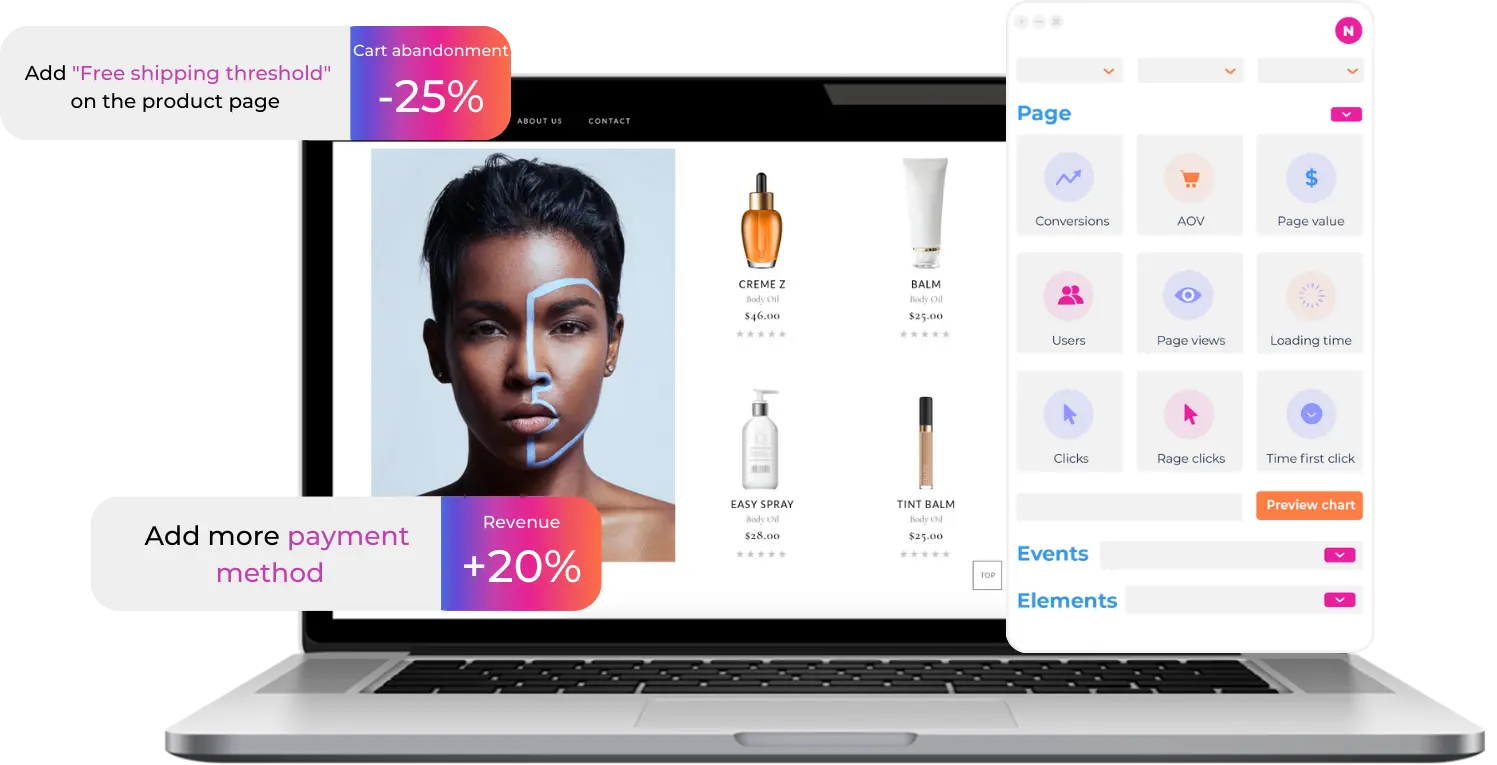Data Segmentation - A Comprehensive Guide to Unlocking Data Insights
In today’s hyper-connected, data-driven world, collecting vast amounts of information has never been easier. However, the real challenge lies in making sense of it all. That’s where data segmentation comes into play. By breaking down large datasets into smaller, actionable groups based on shared characteristics—such as demographics, behavior, purchase history, or website interactions—you can uncover hidden patterns, target the right audiences, and make smarter, data-backed decisions.
Whether you’re a marketer looking to boost campaign performance, a product manager aiming to enhance user experience, or a business leader striving to improve ROI, mastering data segmentation is essential. Let’s explore why data segmentation matters, how it can fuel your strategies, and practical examples to help you get started.
What Is Data Segmentation?
At its core, data segmentation is the process of dividing large datasets into smaller, more manageable subsets based on specific criteria. These criteria could include user demographics (country, language), behavioral patterns (clicks, purchases), or acquisition source(Traffic channel, campaigns).
Think of data segmentation like organizing your inbox into folders. When everything is lumped together, it’s overwhelming and difficult to act on. But once you categorize emails by priority, sender, or topic, you can focus on what matters most. Similarly, segmentation transforms raw data into actionable insights that drive better decision-making.
Why Is Data Segmentation Important?
1. Gain Deeper Customer Insights
Segmentation allows you to understand how different groups of users interact with your product or service. For instance:
- Are mobile users dropping off more frequently than desktop users?
- Do first-time visitors behave differently from returning ones?
- Which regions have the highest conversion rates?
Aggregated data gives you little insight. And without segmentation, analyzing user behavior becomes a guessing game. By breaking users into smaller, homogenous groups, you gain clarity on their motivations, pain points, and preferences.
2. Deliver Personalized Experiences
Today’s consumers expect personalization. Customers are more likely to purchase from brands that offer tailored experiences. Data segmentation empowers you to:
- Send targeted email campaigns to specific customer segments.
- Recommend products based on past purchases or browsing history.
- Customize website content to match user intent.
Personalization not only boosts customer satisfaction but also enhances user experience (UX), leading to higher engagement and retention.
3. Improve Conversion Rates
Segmentation helps you identify bottlenecks in your sales funnel. For example:
- Why do users from certain traffic sources abandon carts more often?
- What prevents trial users from activating their accounts?
By analyzing segmented funnels, you can pinpoint friction points and implement changes to improve conversions. For instance, optimizing mobile checkout processes can significantly boost revenue from mobile users.
4. Make Smarter Product Decisions
Not all users have the same needs. With proper segmentation, you can avoid designing “one-size-fits-all” solutions and instead focus on features that delight your most valuable user segments. This approach is particularly useful when defining your ideal customer profile (ICP) and ensuring your product aligns with their expectations.
5. Measure Success More Accurately
Treating all users the same in your analytics can lead to misleading conclusions. Segmentation adds depth and precision to your reporting, enabling you to:
- Track the performance of specific user groups over time.
- Identify which marketing channels deliver the highest ROI.
- Allocate resources to areas that drive the most impact.
Real-Life Examples of Effective Data Segmentation
Here are some practical examples of how businesses use data segmentation to achieve tangible results:
Example 1: E-Commerce Site
An online retailer uses segmentation to:
- Identify high-value customers who make repeat purchases and reward them with exclusive discounts.
- Compare conversion rates between mobile and desktop users to optimize the shopping experience.
- Analyze engagement among users from different traffic sources (e.g., paid ads vs. organic search).
- Analyze per browser to see if the drop-off is happening on a specific browser. Could it be an error?
Example 2: SaaS Platform
A software company segments its users to:
- Target inactive accounts with re-engagement campaigns.
- Prioritize feature development for power users who drive the most revenue.
- Offer personalized onboarding flows based on user roles (e.g., admin vs. end-user).
Example 3: Content Website
A blog or media platform leverages segmentation to:
- Understand click patterns on product images or CTAs to improve UX design.
- Segment readers by content preferences to recommend relevant articles.
- Optimize ad placements for different audience segments.
Final Thoughts
Data segmentation isn’t just a technical task—it’s a mindset shift. It helps your team move from generalizations to precision, from vanity metrics to real insights. When used correctly, segmentation transforms data from a cluttered mess into a strategic asset.
Start small, stay curious, and let your data tell more meaningful stories. By embracing data segmentation, you’ll unlock new opportunities to engage your audience, drive growth, and stay ahead of the competition.
If you want to start segmenting your users the easy way, check our digital experience analysis solution Air360! We offer flexible data segmentation, so that you can understand the users in detail and improve your website experience.
